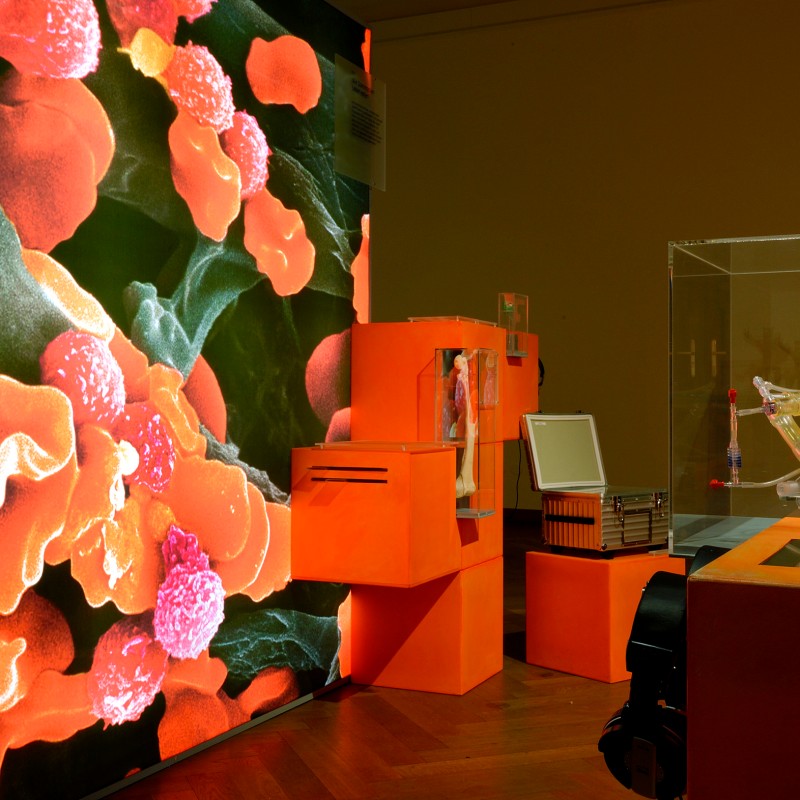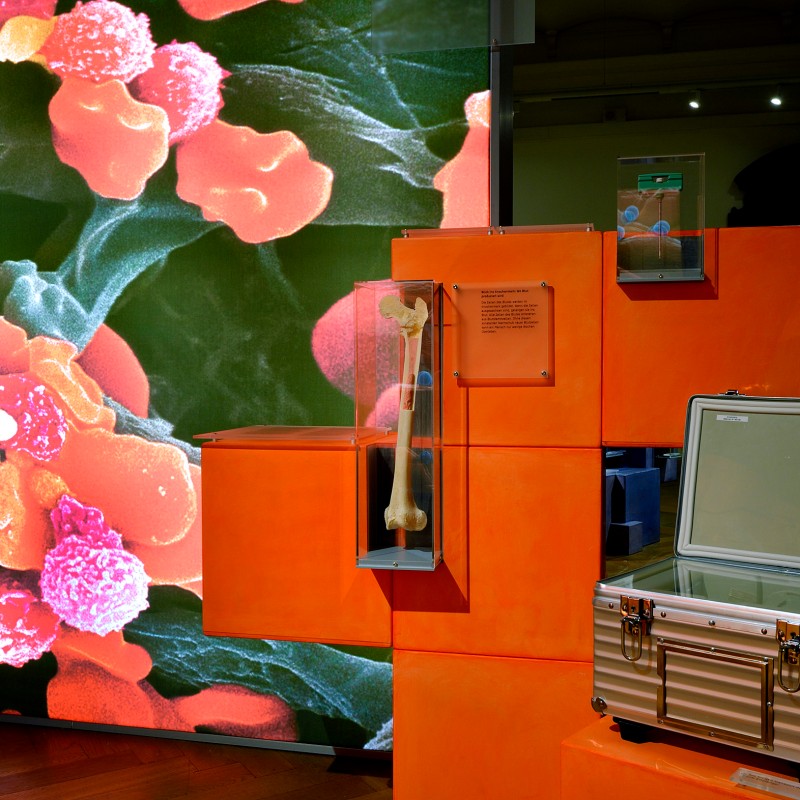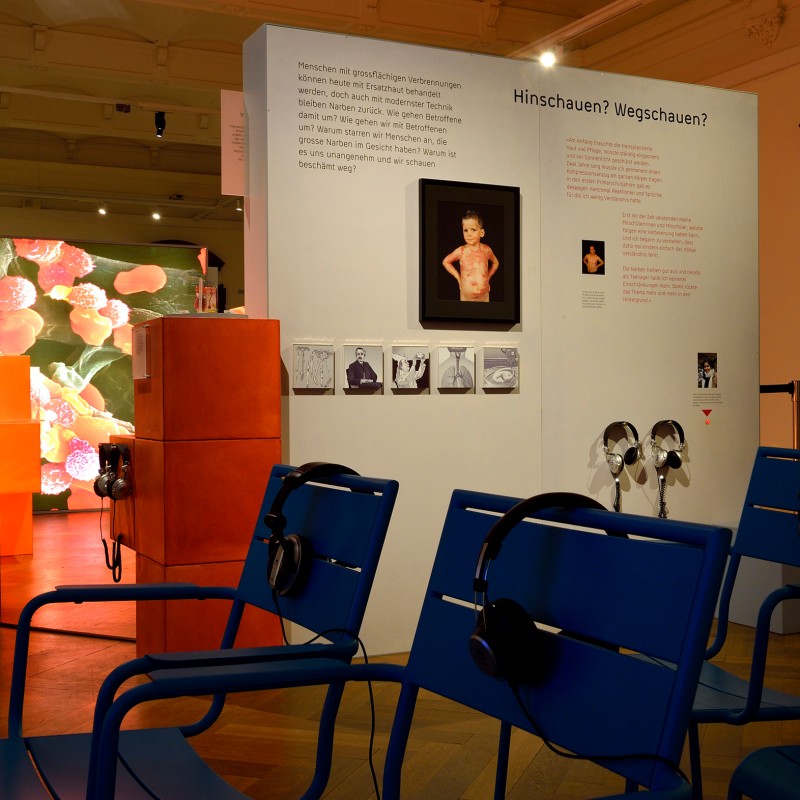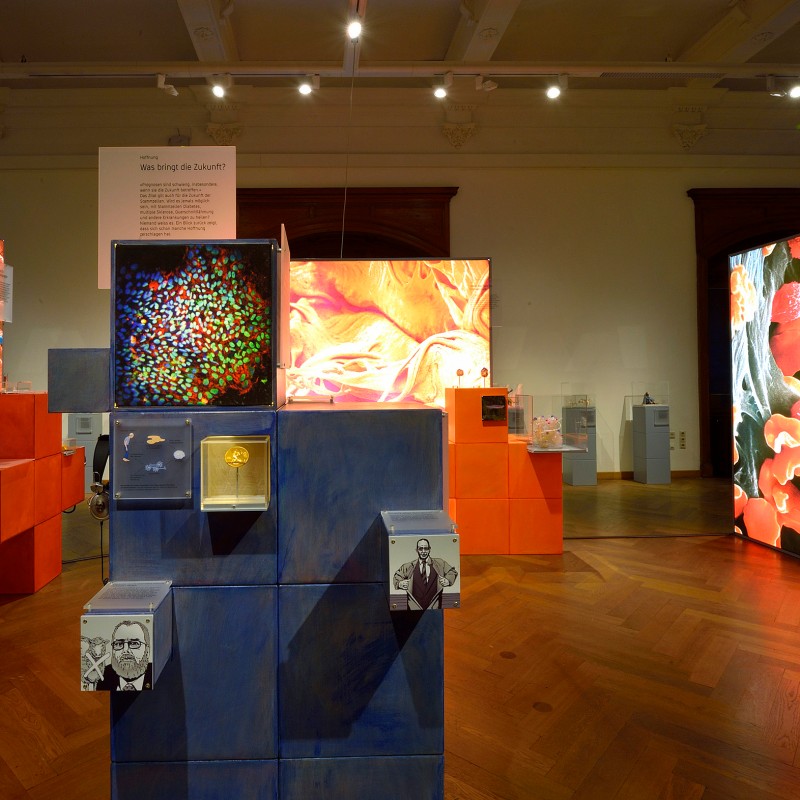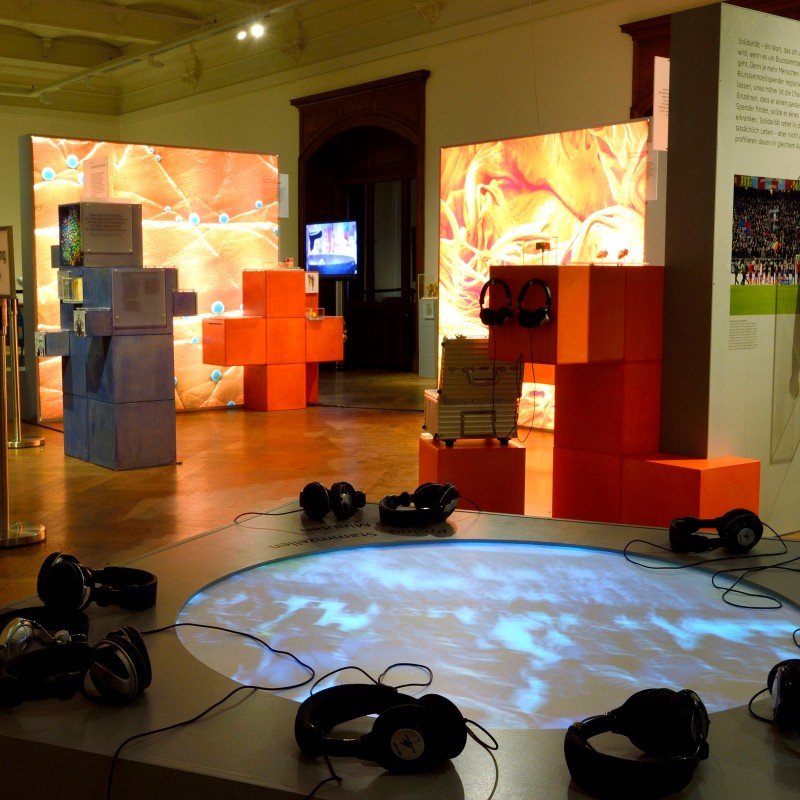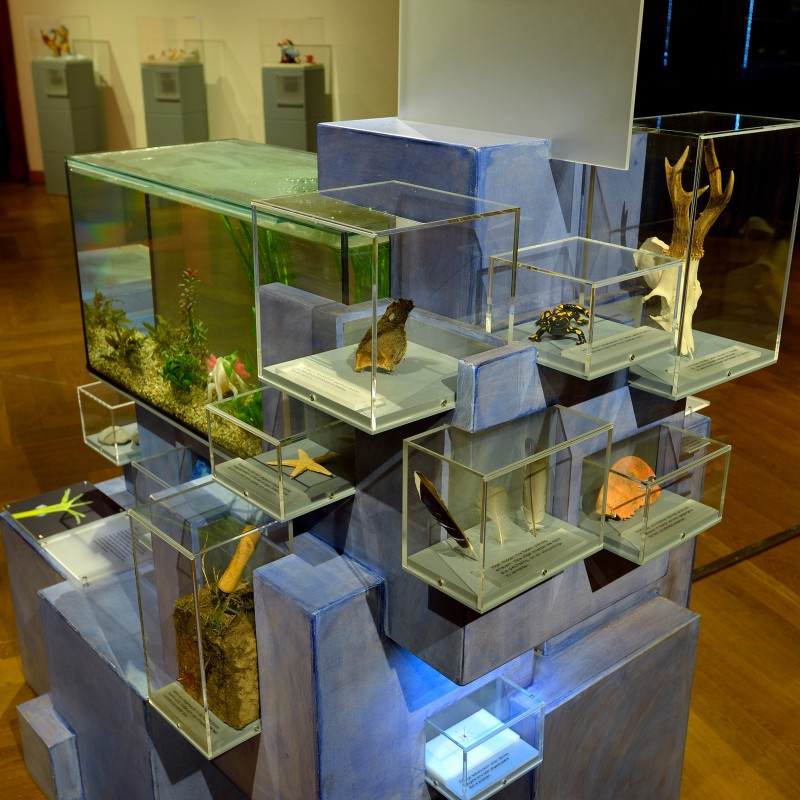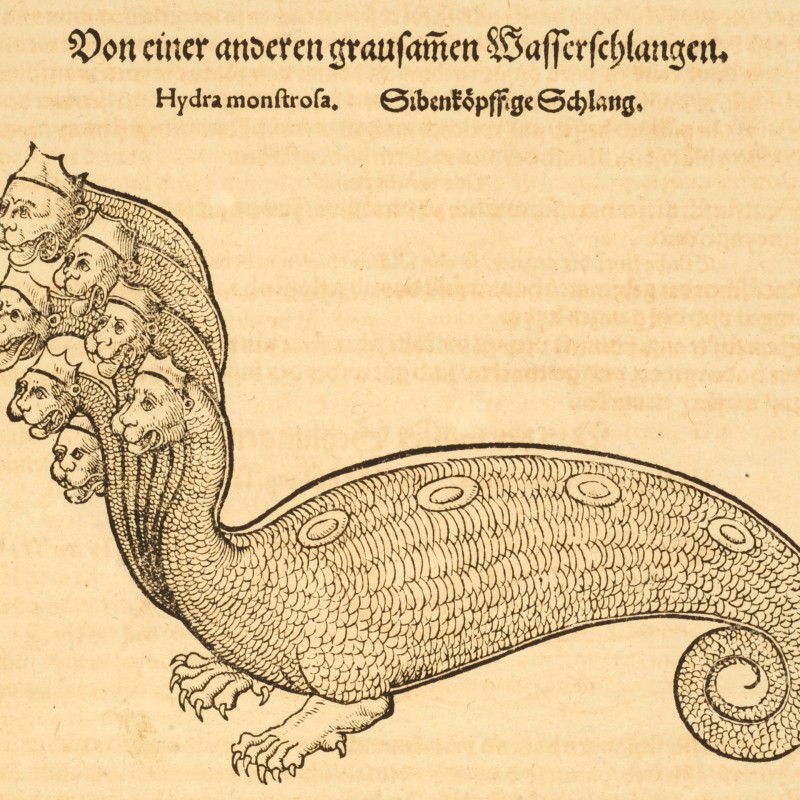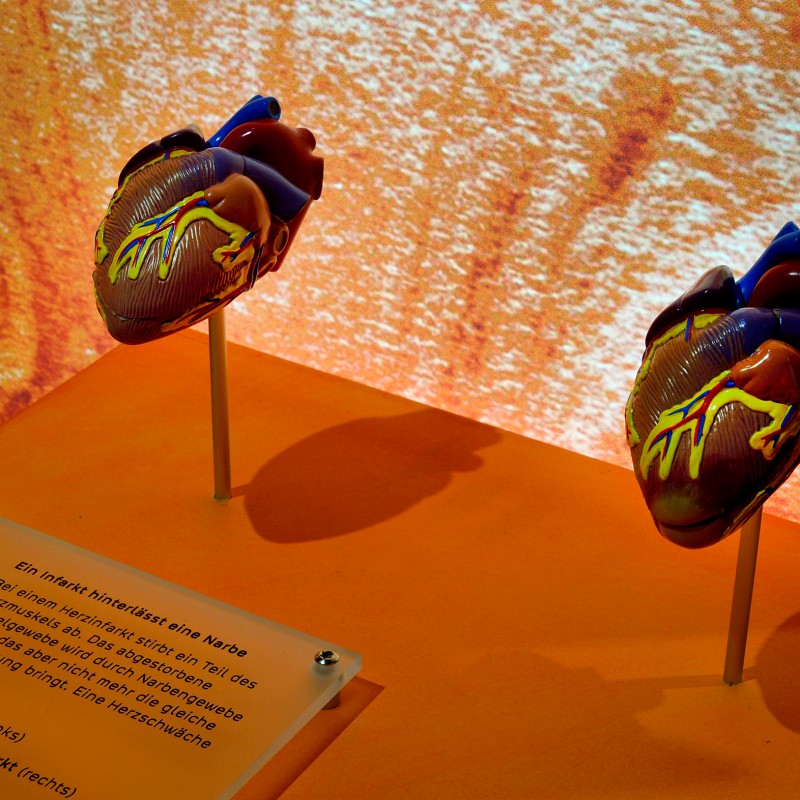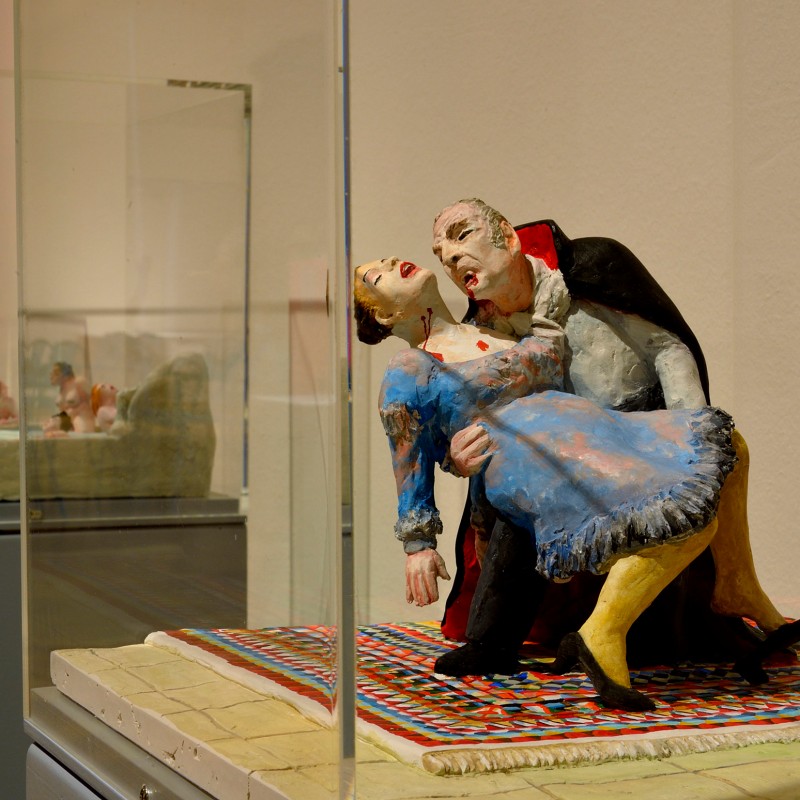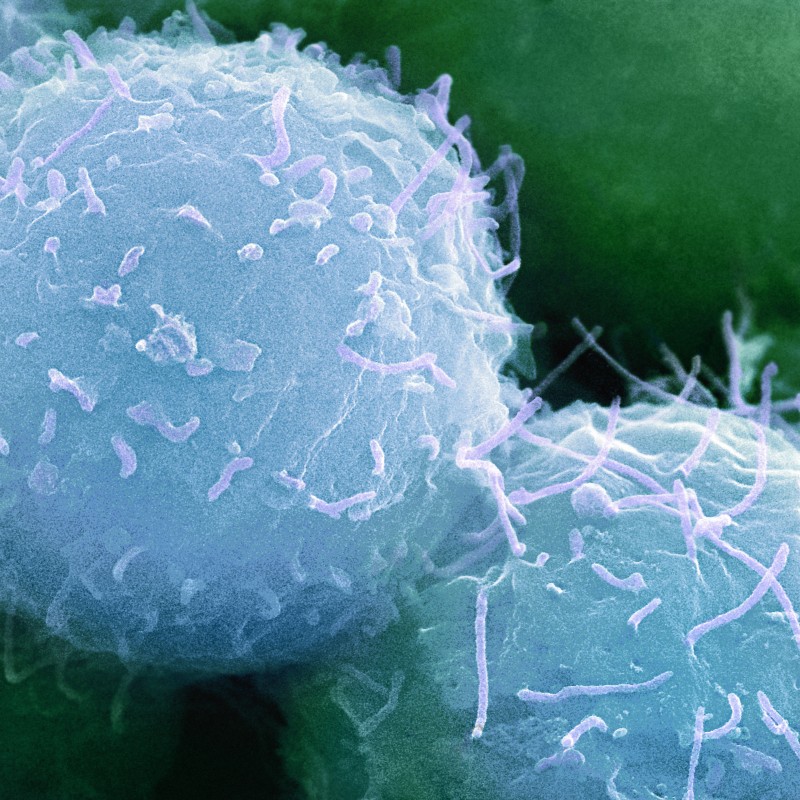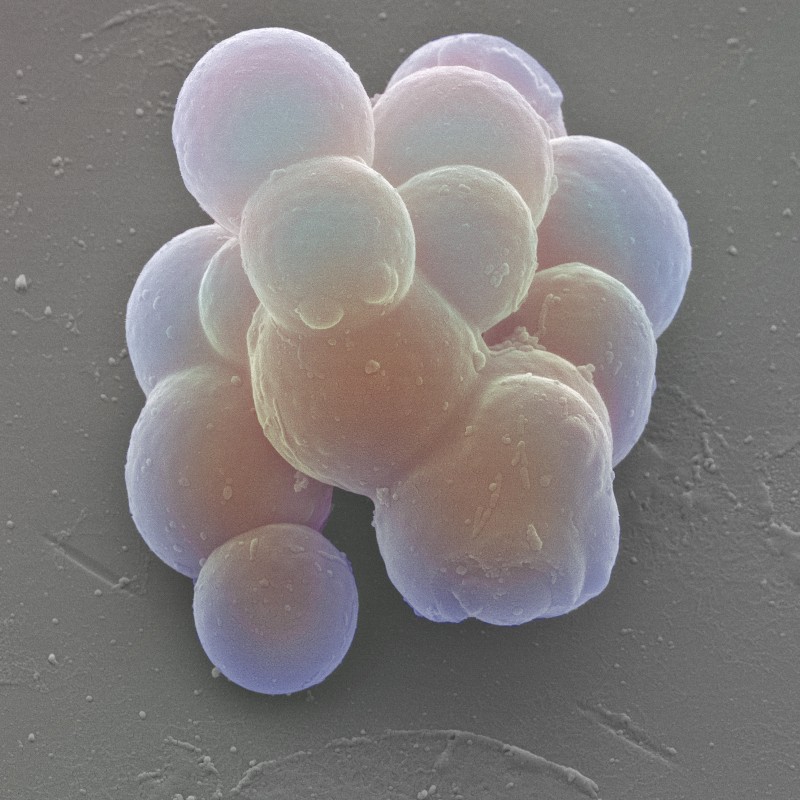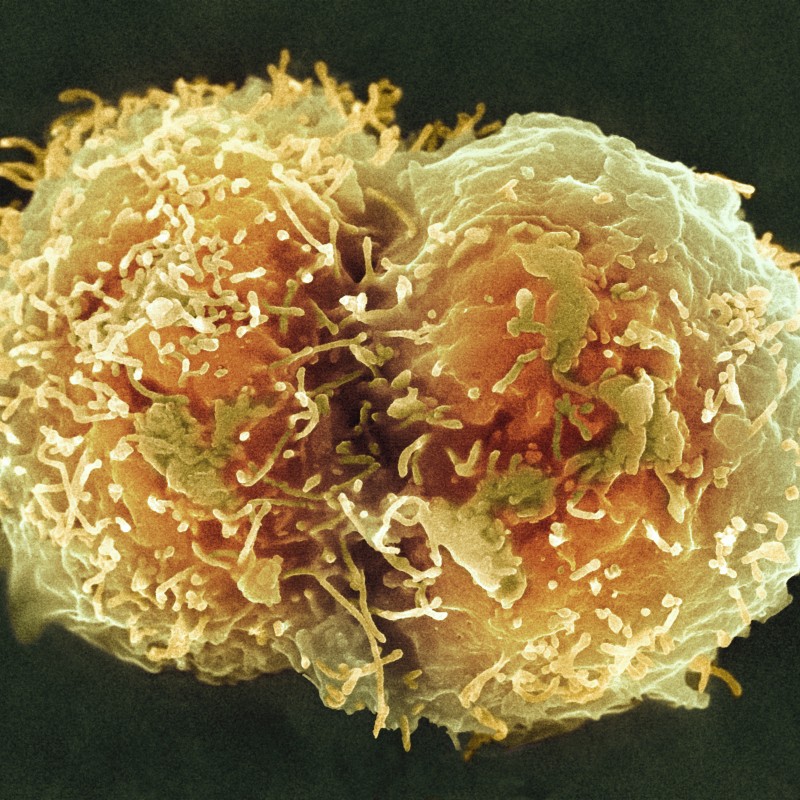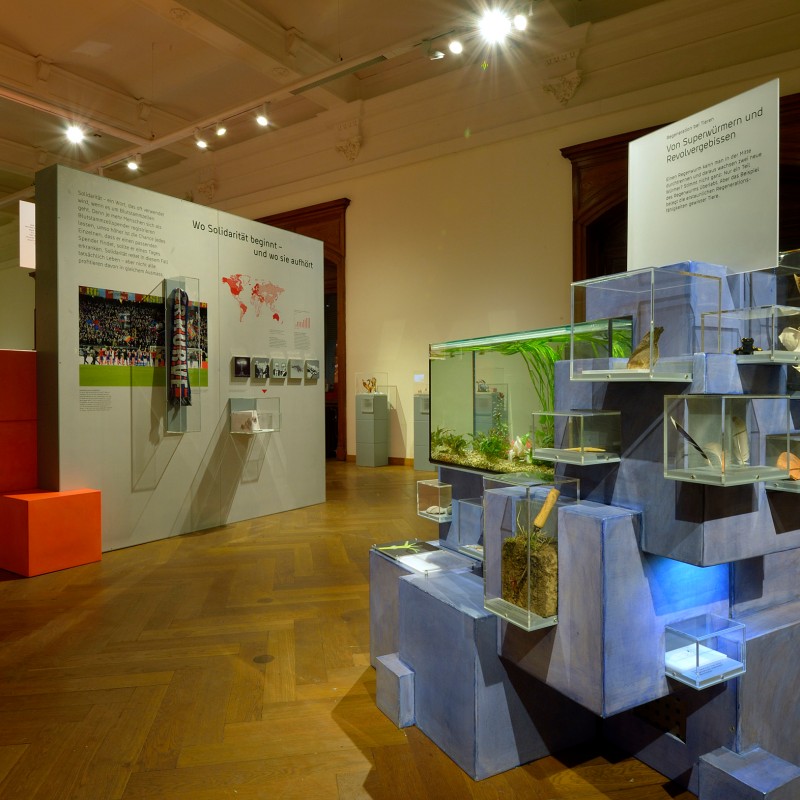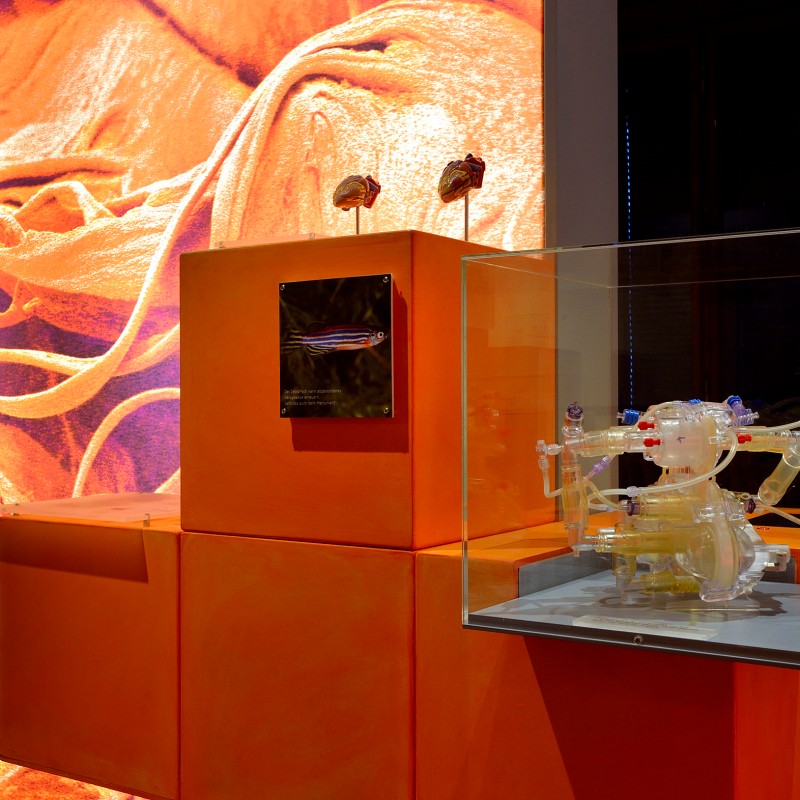Stem Cells – The Source of Life
15. February 2016
A special exhibition at the
NHM Vienna designed by the Swiss National Science Foundation
March 2nd - July 10th 2016
Invitation to a media talk and guided tour of the exhibition on
Tuesday, 1 March 2016, at 10:30 in Hall 50 of the NHM Vienna
March 2nd - July 10th 2016
Invitation to a media talk and guided tour of the exhibition on
Tuesday, 1 March 2016, at 10:30 in Hall 50 of the NHM Vienna
A special exhibition at the NHM Vienna
designed by the Swiss National Science Foundation
March 2nd - July 10th 2016
Invitation to a media talk and guided tour of the exhibition on
Tuesday, 1 March 2016, at 10:30 in Hall 50 of the NHM Vienna
with
Dr Herbert Kritscher (Vice Director, NHM Vienna)
Adrian Heuss (Exhibition Curator, advocacy ag)
Dr Andreas Hantschk (Exhibition & Education Department, NHM Vienna)
Stem Cells – The Source of Life
In adult humans, most cells are highly specialized and are not longer able to divide. However, stem cells are an exception – they maintain their ability to divide and produce 300 million new cells every second. Without this constant supply of fresh cells an adult human would die within just a few weeks.
Stem cells are potentially immortal and pluripotent, meaning that they can reproduce an unlimited number of times and adapt to form any kind of cells in the human body (such as muscle cells, nerve cells, blood cells, etc.). This amazing ability opens up a new realm of medical possibilities and explains why stem cells are the subject of much research.
Stem cells have been found in embryos and fetuses as well as 20 organs of the human body (for example in bone marrow). Using special nutrient solutions it is possible to grow certain cell types in a laboratory using stem cells. Different names are used for the different types of stem cells depending on where they come from: embryonal stem cells (from embryos), fetal stem cells (from fetuses) and adult stem cells (from babies, children and adults).
This special exhibition designed by the Swiss National Science Foundation focuses on stem cells and regenerative medicine, giving visitors an insight into one of the most exciting yet controversial fields of biology and medicine. As well as demonstrating what stem cells are, it also explains how humans, animals and plants are able to regenerate themselves and how scientists are trying to use these regeneration mechanisms.
The exhibition presents research projects with surprising results, while at the same time highlighting the possibilities and limits of regenerative medicine. One of the main goals is to encourage critical discussion and debate about both the opportunities and the risks associated with stem cells and to clearly separate science from fiction.
The exhibition comprises a number of easy-to-use interactive modules. A time-lapse recording shows birth, growth and death – the fundamental principles of nature and the basis of all life. Exhibits also demonstrate spectacular examples of successful skin, cartilage, blood and tissue regeneration, which at the same time raise critical questions for the future. For example, will it be possible one day to cure diabetes, multiple sclerosis or spinal paralysis using stem cells? At the moment it is still too early to say.
Stem cells are potentially immortal, so another debate inevitably connected to this issue is that of eternal life (theoretically possible with stem cells, though still a very long way away). This topic is addressed at the end of the exhibition.
In cooperation with


Press material is available to download via the following link:
http://www.nhm-wien.ac.at/presse
Persons wishing to take part in the media talk must register in advance by contacting magdalena.reuss@nhm-wien.ac.at.

- Coffee Sponsor of the NHM Vienna’s press conferences
March 2nd - July 10th 2016
Invitation to a media talk and guided tour of the exhibition on
Tuesday, 1 March 2016, at 10:30 in Hall 50 of the NHM Vienna
with
Dr Herbert Kritscher (Vice Director, NHM Vienna)
Adrian Heuss (Exhibition Curator, advocacy ag)
Dr Andreas Hantschk (Exhibition & Education Department, NHM Vienna)
Stem Cells – The Source of Life
In adult humans, most cells are highly specialized and are not longer able to divide. However, stem cells are an exception – they maintain their ability to divide and produce 300 million new cells every second. Without this constant supply of fresh cells an adult human would die within just a few weeks.
Stem cells are potentially immortal and pluripotent, meaning that they can reproduce an unlimited number of times and adapt to form any kind of cells in the human body (such as muscle cells, nerve cells, blood cells, etc.). This amazing ability opens up a new realm of medical possibilities and explains why stem cells are the subject of much research.
Stem cells have been found in embryos and fetuses as well as 20 organs of the human body (for example in bone marrow). Using special nutrient solutions it is possible to grow certain cell types in a laboratory using stem cells. Different names are used for the different types of stem cells depending on where they come from: embryonal stem cells (from embryos), fetal stem cells (from fetuses) and adult stem cells (from babies, children and adults).
This special exhibition designed by the Swiss National Science Foundation focuses on stem cells and regenerative medicine, giving visitors an insight into one of the most exciting yet controversial fields of biology and medicine. As well as demonstrating what stem cells are, it also explains how humans, animals and plants are able to regenerate themselves and how scientists are trying to use these regeneration mechanisms.
The exhibition presents research projects with surprising results, while at the same time highlighting the possibilities and limits of regenerative medicine. One of the main goals is to encourage critical discussion and debate about both the opportunities and the risks associated with stem cells and to clearly separate science from fiction.
The exhibition comprises a number of easy-to-use interactive modules. A time-lapse recording shows birth, growth and death – the fundamental principles of nature and the basis of all life. Exhibits also demonstrate spectacular examples of successful skin, cartilage, blood and tissue regeneration, which at the same time raise critical questions for the future. For example, will it be possible one day to cure diabetes, multiple sclerosis or spinal paralysis using stem cells? At the moment it is still too early to say.
Stem cells are potentially immortal, so another debate inevitably connected to this issue is that of eternal life (theoretically possible with stem cells, though still a very long way away). This topic is addressed at the end of the exhibition.
In cooperation with
Press material is available to download via the following link:
http://www.nhm-wien.ac.at/presse
Persons wishing to take part in the media talk must register in advance by contacting magdalena.reuss@nhm-wien.ac.at.
- Coffee Sponsor of the NHM Vienna’s press conferences

